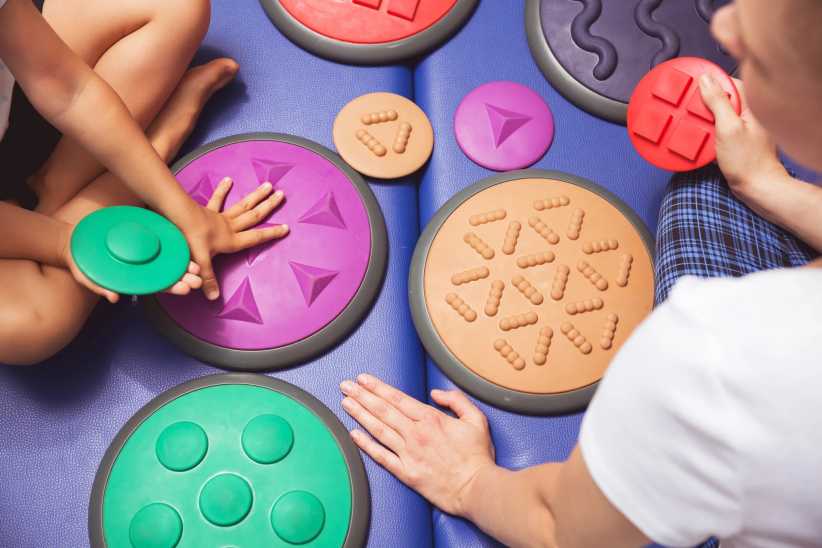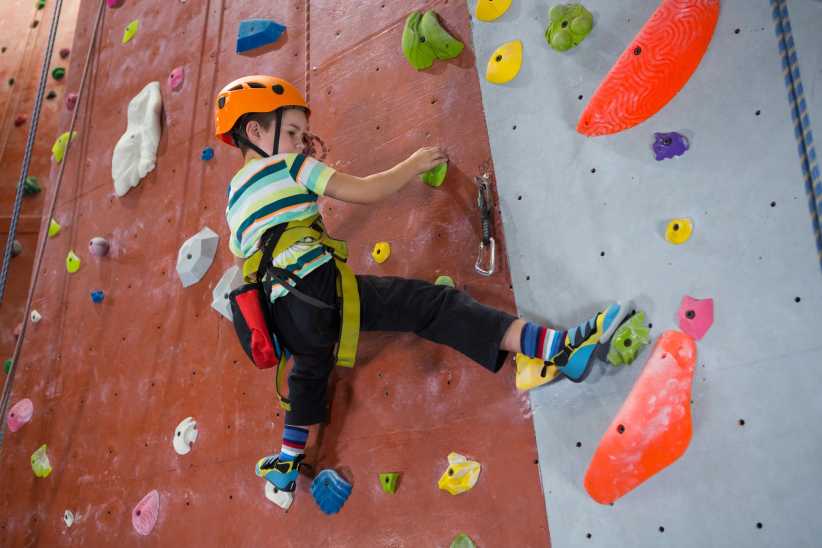
It’s often regarded as the perfect sports picture. The winning boxer is in the center of the frame, staring down at his defeated opponent. His mouth is open in a roar of victory, his right arm flexed across his torso with taut muscles gleaming. The other boxer is sprawled at his feet, his body lax and powerless. In the background, a sea of spectators and media can only watch, stunned, as Muhammad Ali towers over Sonny Liston. The photo, by legendary Sports Illustrated photographer Neil Leifer, perfectly encapsulates the dominance of Ali, the intimidation and power he had in the ring and the personality that made him one of the most famous athletes in history.
For photo historians like Gail Buckland, the story of the photo is, like the best sports stories, about the underdog coming out on top. “Between Ali’s legs is Herb Scharfman, who was the senior photographer for Sports Illustrated, and he got the prime position. But the kid, Neil Leifer, actually got the best shot.”
The famous photograph is part of an exhibition at the Brooklyn Museum, and Buckland is the guest curator. “Who Shot Sports: A Photographic History, 1843 to Present“ opened in July and runs until January 8, 2017. In addition to being a historian, Buckland teaches history of photography at Cooper Union and has written or contributed to fourteen previous books on photography. “I’ve really been involved in looking and thinking about photographs for more than 40 years. It’s one of my missions to enlarge the canon of photography,” says Buckland.
Buckland says the exhibition has been wonderfully popular, especially with children and their families. The critical reviews have been positive as well. Buckland says, “Even the most high-brow people also watch the hell out of sports… sports is something that crosses every boundary: economic, educational, every demographic.”
There are 230 framed photos in the exhibition, and over 300 including sets on monitors that are set up through the exhibit. The photos range from legendary photos of professional sports to kids playing baseball on the streets of Havana, Cuba.
She hopes that the photographs will encourage parents to record their children at play as well. “I trust people’s creativity that if they go to an exhibition like mine and they see all kinds of photographs… they will be inspired.” She advises to not only take pictures of the game itself, but everything else as well: practice, the fans, off-the-field activities.
She has a few tips for parents who want to be great photographers for their children’s games. “A lot of sports photography is about anticipation. If your kid plays tennis and you can see the ball in your viewfinder, you’ve missed it. You have to anticipate where they will be and where the ball will be.” In addition to thinking ahead, Buckland warns against deleting so-called ‘bad’ photos too quickly. Much like sports, you can learn from your unsuccessful photos as much as from your good ones.
Photography can be a great hobby for children as well. “[It’s] sometimes a wonderful outlet for kids who can’t always express themselves in words very well, they can pick up a camera and take pictures of their lives in dramatic ways,” says Buckland. Many of the photographers she spoke to for the exhibition worked in their high school newspapers or even earlier, and just loved the sports they were cataloging.
In addition to the exhibit, Buckland released a book of the same name. The book isn’t just a companion to the exhibition, but can work as a standalone piece as well. With over 280 photos, the book allowed Buckland to go much more in-depth on the photos: what makes them special, the stories behind them and the men and women who took them.
Buckland doesn’t have a favorite photo in the exhibition – she had to choose from thousands of shots so the photos that are left are all favorites. But she says that the photographers she spoke to often favored pictures of amateur or non-organized sports over professional athletes. “The real importance of sports isn’t always found in the professional game… but kids kicking a ball, or holding a bat, or shooting a basket often addresses the joy of sport over anything else.”
To learn more about the exhibition, visit brooklynmuseum.org. You can purchase Buckland’s book here.












